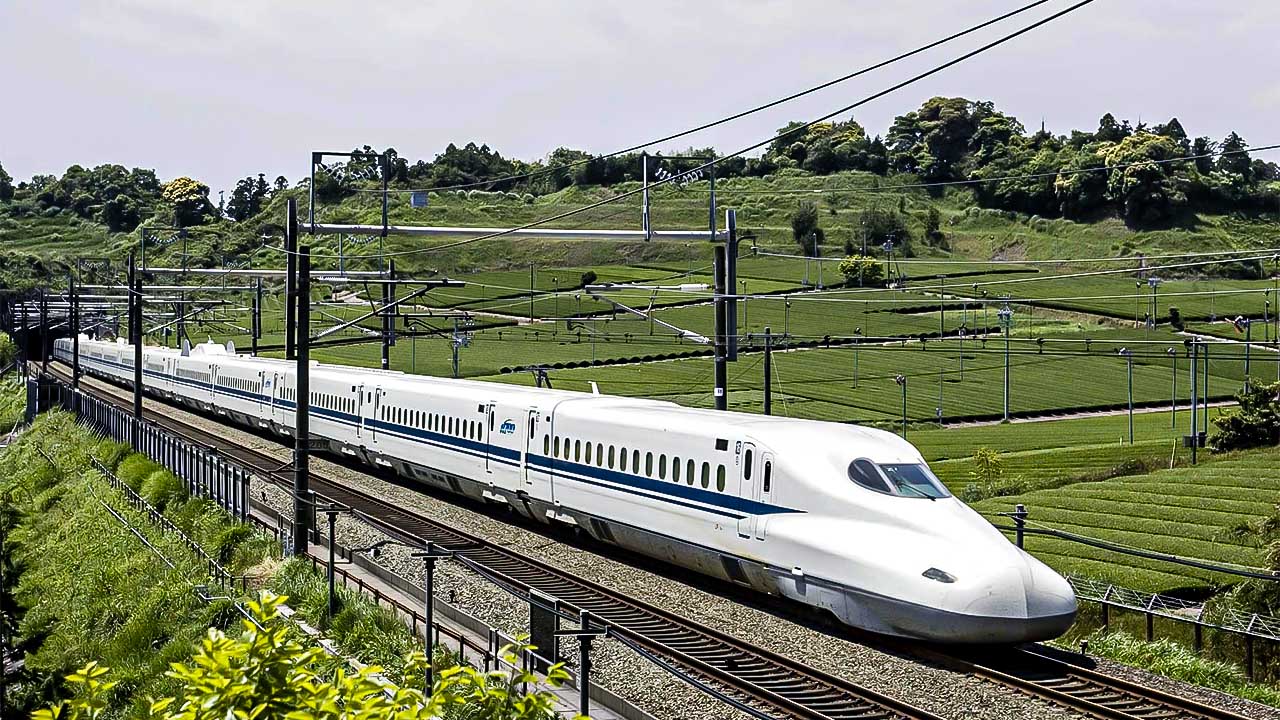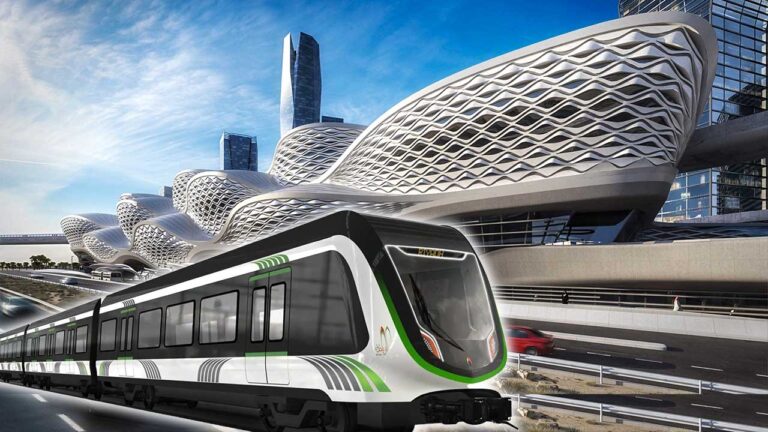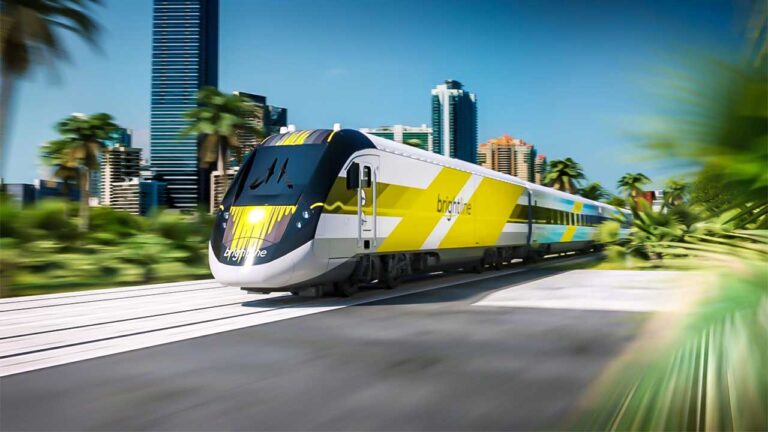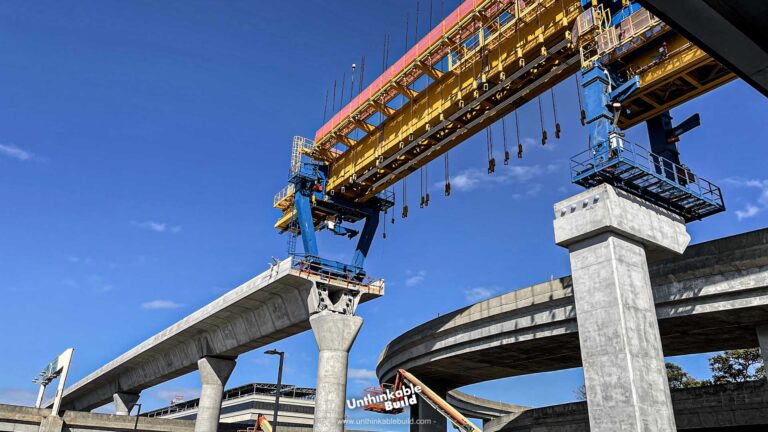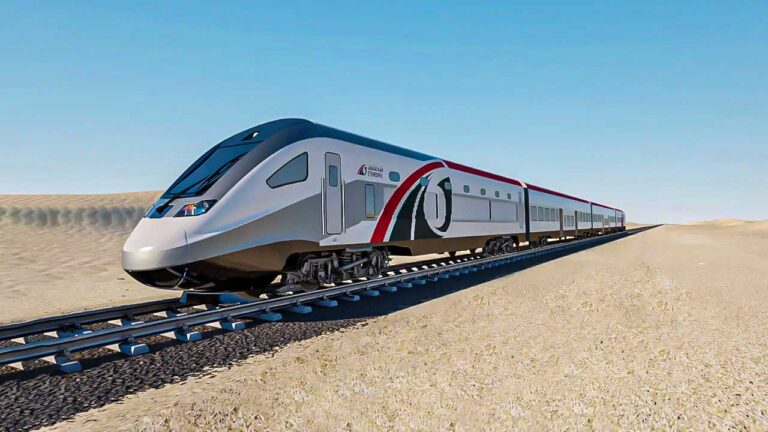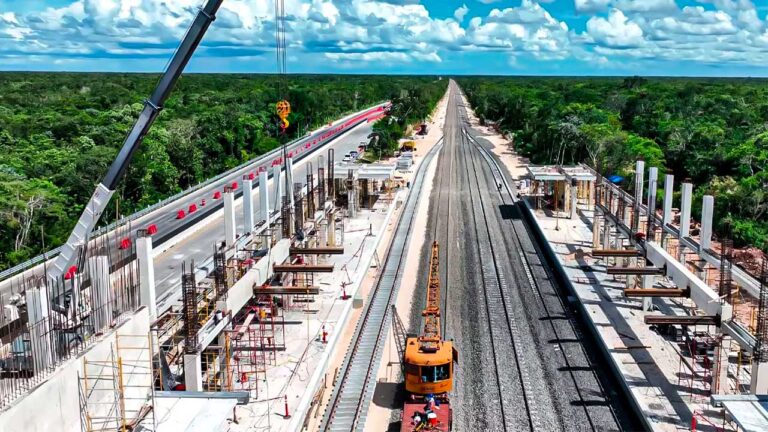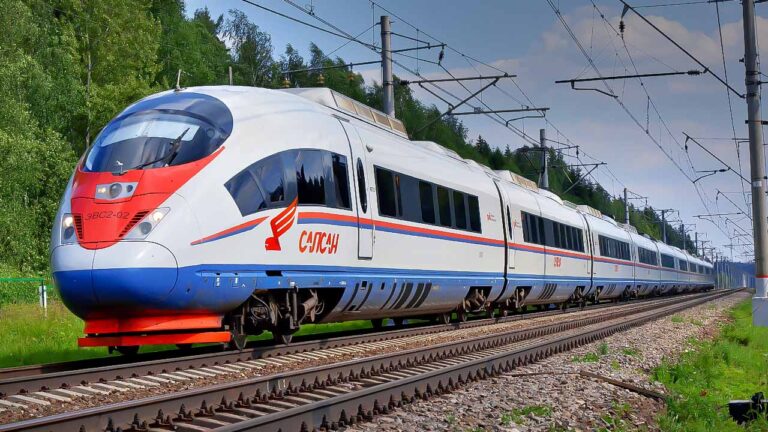Texas $30 Billion Dallas-Houston High-Speed Rail Project
Spanning the distance between two of Texas’ most vibrant cities, the 386-kilometer-long Dallas-Houston corridor emerges as a vital link pulsating with the vibrancy of commerce, culture, and adventure. This bustling thoroughfare serves as a conduit for travelers, professionals, and adventurers alike, each journey uncovering the rich fabric of Texas life.
Anchored by the economic powerhouses of Dallas and Houston, this corridor thrives as a center of activity, where job markets flourish, and corporate giants shape industries. Professionals traverse its expanse, attending meetings, forging partnerships, and propelling Texas’ economy forward.
Yet, beyond the business hustle, the Dallas-Houston corridor reveals a kaleidoscope of cultural gems. Houston beckons with the marvels of space at the NASA Space Center and the spectacle of the renowned Livestock Show and Rodeo. Meanwhile, Dallas offers a feast for the senses, from its dynamic arts scene to its wealth of museums and historic landmarks.
Despite the fact that Texans regularly make the journey to Dallas, there hasn’t been any innovation on the route in years. The journey from Dallas to Houston spans approximately three hours by car. A high-speed rail project aims to change that by using Japanese technology to power 320-kilometer-per-hour trains. That’s like traveling at lightning speed!
The Dallas-Houston high-speed rail project has been a topic of interest for several decades. Since the 1990s, there have been several attempts to build a publicly funded or financed high-speed rail line linking Dallas and Houston, but none of these efforts succeeded. However, in 2013, the company called Texas Central Partners proposed building a privately financed high-speed rail line between the two largest metro areas in Texas.
Also Read: Turin–Lyon High-Speed Railway Will Add Millions to the Europe’s Economy
In 2014, the company finalized the preferred alignment for the high-speed rail line. Subsequently, in 2015, they secured $75 million in private funding to initiate development planning. Over the ensuing years, they conducted environmental assessment reports and initiated efforts to procure properties along the designated route.
In May 2018, the Texas Central Partners entered into a partnership with Bechtel for project management, followed by securing a $300 million loan from the Japan Overseas Infrastructure Development Corporation and Japan Bank for International Cooperation for design and engineering work of the project in September 2018. Shortly thereafter, agreements were reached with Webuild and Spanish railway company Renfe Operadora for the construction and operation of the project.
Construction for the Dallas-Houston high-speed rail was scheduled to commence in late 2021 or early 2022, with completion targeted for 2026. In subsequent years, Texas Central Partners continued their planning efforts, culminating in the signing of $17.6 billion worth of final agreements with Webuild, Lane Construction, Kiewit Corporation, and Mass Electric Construction Company in May 2021 for the construction of the high-speed railway.
The overall expenditure for the Dallas-Houston high-speed rail project is estimated at around $30 billion. Texas Central Partners aims to finance the entire cost through private funding. The construction of the project would require approximately 10 million cubic yards of concrete.
The company plans to use technology based on that used by the Central Japan Railway Company and trains based on the N700S Series Shinkansen. The journey time between the two cities is expected to be less than 90 minutes, with service potentially beginning as early as 2026. The rail line itself is owned by the separate entity Texas Central Railway, while Texas Central Partners is responsible for building and operating the service.
The high-speed rail would encompass its own dedicated corridor, completely free of at-grade crossings, with 55% of the railway elevated on viaducts, ensuring continued access for landowners. En route, it would feature three stations located in Dallas, Brazos Valley and Houston.
The 386-kilometers line will feature an adapted version of trains used on the Tokaido Shinkansen line in Japan, which has had zero passenger fatalities or injuries since it began operation in 1964. The electrified trains featuring N-700 series will run at maximum speeds of 320 Km/h, making the trip between Dallas and Houston swift and efficient.
Each train would comprise eight cars, each boasting a seating capacity of 400 people. Passengers would enjoy spacious 2×2 seating arrangements, divided by an aisle, along with amenities such as Wi-Fi, power outlets, and onboard food and beverage services.
The Dallas-Houston high-speed rail project represents a transformative advancement for Texas and its transportation sector, offering numerous benefits to the region. The project stands out as an innovative solution, providing travelers with a safe, clean, and convenient alternative to conventional modes of transportation. What’s distinctive about this initiative is its status as a private venture, distinct from many public infrastructure endeavors. It’s set to demonstrate how privately funded projects can deliver lasting benefits without relying on federal grants or public subsidies.
Commuters traveling between Dallas and Houston currently contend with significant traffic congestion, particularly on highways like I-45. According to a study by the Texas Department of Transportation, the typical four-hour drive may extend to 6.5 hours by 2035 due to escalating traffic volumes and ongoing highway construction. The Texas Central high-speed rail offers an attractive alternative, enabling passengers to opt for a comfortable 90-minute journey between the cities, circumventing the congestion on roadways.
This high-speed rail project is poised to serve as an economic catalyst, injecting revenue into state, local, and county budgets. Over the next 25 years, it’s anticipated to generate a staggering $36 billion in economic activity. Beyond the financial influx, this substantial private investment will also foster job creation and drive overall economic growth.
By providing travelers with a stress-free 90-minute travel option the Texas Central rail line is forecasted to diminish traffic on I-45 highway by approximately 15,000 vehicles per day. This reduction in road congestion will translate to a decrease in carbon emissions, as rail travel is inherently more efficient than individual car journeys.
Also Read: India’s First Bullet Train: The Mumbai–Ahmedabad High-Speed Rail Corridor
The Dallas-Houston high-speed rail project initially carried an estimated $12 billion price tag. However, a series of challenges, including leadership transitions, legal disputes over land rights, and other complications, led to delays and setbacks. Consequently, the projected cost of this privately-funded endeavor surged to $30 billion.
Despite these obstacles, recent developments have sparked renewed interest in the project. Notably, Amtrak, national passenger railroad company of the United States, secured a $500,000 federal grant to conduct further research and development on the proposed high-speed railway linking Houston and Dallas. This initiative, leveraging Shinkansen technology from Japan, holds the potential to transport passengers between the state’s two largest cities in approximately 90 minutes. However, it’s essential to clarify that the grant does not ensure project completion. Rather, the funds are earmarked for additional planning and analysis.
Throughout its journey, the project has grappled with hurdles related to land acquisitions, resistance from rural landowners along the proposed route, and shifts in leadership. Despite these challenges, the vision of a high-speed rail connecting Houston and Dallas remains an ambitious and transformative aspiration for Texas transportation.
Independent analysis raised doubts about ridership projections, with projected passengers far below Texas Central’s claims. Consequently, private investors showed limited interest due to anticipated substantial operating subsidies. Opposition from farmers, landowners, and elected officials emerged, citing concerns about land disruption and safety. Legal challenges mounted, including a state law prohibiting the use of state funds for the project and the Environmental Protection Agency’s rejection of Texas Central’s preferred station location in downtown Houston.
In late June 2022, Texas Central’s CEO and board members resigned amidst ongoing legal challenges. However, there have been recent signs of hope. An agreement signed between Texas Central Railway and Amtrak aims to advance planning and analysis work for the proposed 330 Km/h rail project. Additionally, the project secured a $500,000 federal grant for further development, though not for construction. This partnership between Amtrak and Texas Central Partners has reignited optimism for the revival of the Dallas-Houston bullet train project.
While challenges persist, renewed efforts and partnerships offer prospects for progress. Let’s remain hopeful for a smoother journey ahead for the high-speed rail project.
In the face of adversity, we find resilience. In the pursuit of innovation, we find inspiration. And in the vision of a brighter tomorrow, we find hope. Together, let us forge ahead, ever onward, towards a future where the promise of swift, efficient, and sustainable transportation is not just a dream, but a reality for all.

